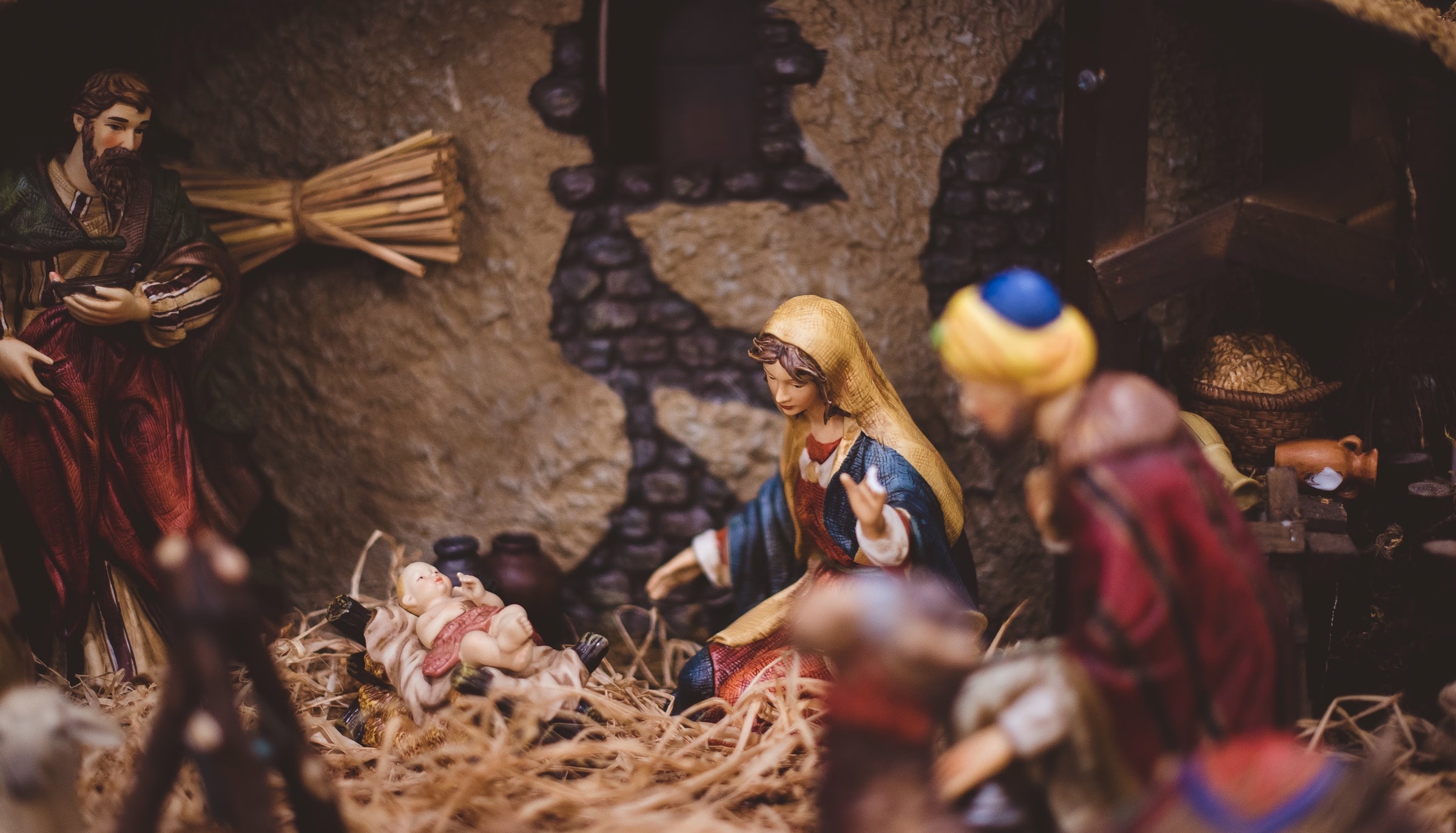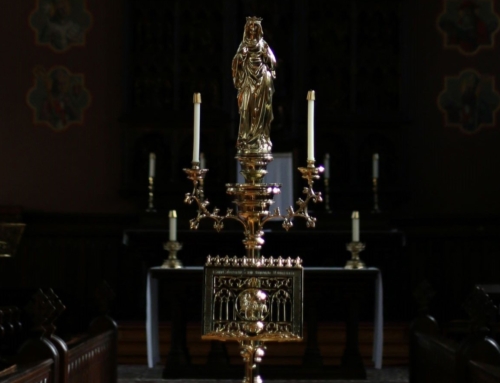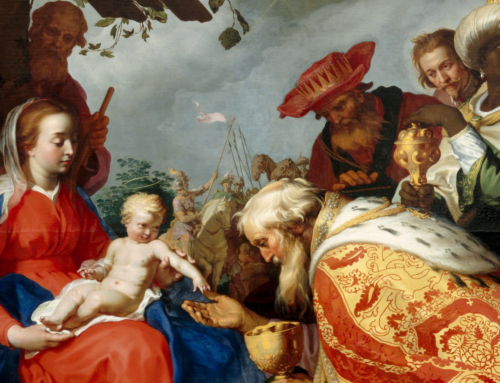The liturgy of the Church is not only an act of worship, but is also meant to teach us. This extends to the liturgical calendar. The harmony of its order and structure teaches us every year. And on special occasions this extends to the coincidences of when different feast days fall in relation to one another. For example, in 2016 we had the very rare situation where Good Friday fell on March 25th, the usual date for the Annunciation. Because the Annunciation is such an important feast its celebration was moved that year instead of simply being skipped, but the remembrance of our Lord’s death on a day normally dedicated to the first moments of his Incarnation opened up theological depths for prayerful reflection.
A similar coincidence has taken place over the course of the last few days, not in a single day as in 2016, but in the sequence of celebrations. Christmas of course was two days ago, and yesterday we celebrated the Feast of the Holy Family, which ordinarily falls on the Sunday after Christmas. Today we celebrate Saint John the Evangelist. Each of these feast days presents us with a progressively widening focus. On Christmas we celebrated the birth of the God-man. Our focus was on the manger, on the Christ Child himself. Yesterday our gaze broadened to include Mary the Theotokos and Saint Joseph the Light of Patriarchs. Of course they were present on Christmas day too, but yesterday Christ’s human parents received special focus with him as we noted the beauty and the peace that was revealed in their family life.
Which brings us to today. As we celebrate St. John, the beloved disciple, the picture widens to include all of us. We remember when our Lord makes St. John part of the Holy Family from the cross. He instructs his mother who once adored him in a manger to behold in John “your son,” and likewise bids John to recognize in Mary “your mother” (John 19:26–27). Thus, through his earthly mission, Jesus makes each of us not only beloved disciples, but also children in his own Holy Family. Mary is our mother, and St. Joseph our father. We too are called to gather with them around the manger and behold in adoration our newborn brother, for as we heard from Isaiah at Midnight Mass, “unto us a child is born” (Isa 9:5).
It is precisely through entering into the Holy Family that we can draw near to Christ in an ever deepening union. Saint Louis de Montfort describes this saving truth: “God, the Inaccessible, drew near to us and united himself closely, perfectly and even personally to our humanity through Mary without losing anything of his majesty. So it is also through Mary that we must draw near to God and unite ourselves to him perfectly, intimately, and without fear of being rejected” (True Devotion to the Blessed Virgin Mary, no. 157). In giving us Mary as our mother, Jesus has given us a sure means for drawing near to himself. Likewise, though we may easily overlook him due to his silence and humility, we receive great fatherly assistance from St. Joseph her most chaste spouse, who desires to guide us gently in his path of quiet obedience by which we may draw near to Mary and her heavenly Son. And as Mary and Joseph usher us to the side of the manger, to intimate communion with the eternal Son, what is the result of this nearness? Saint John himself told us yesterday in one of the options for the second reading: “See what love the Father has bestowed on us that we may be called the children of God. Yet so we are” (1 John 3:1).
So in the midst of this holiday season and happy times spent with our relatives, don’t forget to spend time with the Holy Family in prayer. As a family, ask Mary and Joseph to guide you as you are formed into their children and children of the Eternal Father.
✠
Photo by Ben White on Unsplash







